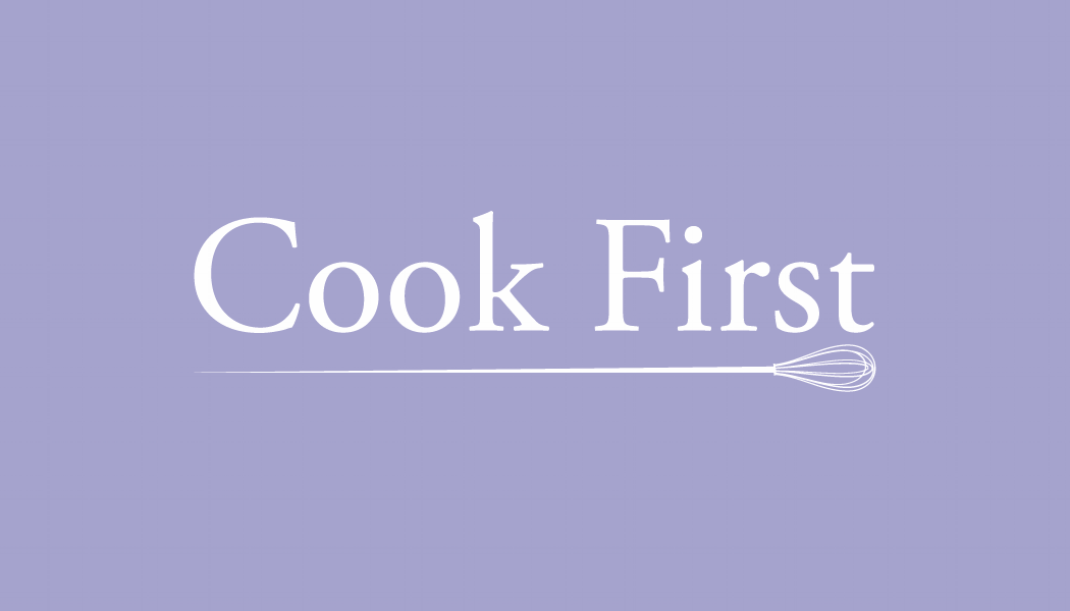Edible Insects

With the global population predicted to rise to 9 billion by 2050 and the continual concern of the incredible impact this will have on the environment, it’s fundamental that we invest in global food security. Our current mass rearing of livestock is proving detrimental to the planet, as summarised by The Economist:
‘Cattle account for 77% of the greenhouse gases produced by livestock for 59m tonnes of beef each year. Pork and poultry produce 10% of the greenhouse gases, but 215m tonnes of meat.’
Yet what is the alternative? How will our vast population be able to maintain a protein-rich diet while at the same time minimise its ecological footprint? Currently swarming the media is a less damaging, protein-rich and low-fat potential food source – namely, insects.
There are apparently around 2,000 types of edible insect on our planet. Now of course in Asia and South America, deep fried locusts, crickets, ants and worms have been a staple for centuries; yet the insect-based foods have now crawled their way to London: As pictured, you can buy snack bars made with cricket flour; restaurants such as Archipelago in London serve a ‘Love Bug Salad’ and a bee crème brulée; even the Food Hall of the department store Selfridges has a section devoted to various types of chocolate-covered ants.
Insects, although far from 'appetising', do have an ecological appeal. They thrive on organic waste, emit far fewer greenhouse gases than sheep or cows, and consume far less water. But, the million-dollar question is - are insects worth any decent amount of nutritional value?
According to the UN, (who have been promoting the eating of insects as an alternative animal protein source since 2013), insist that the calories obtained fr om insects are higher than those from beef, maize and soy. According to its report titled Edible Forest Insects: Humans Bite Back!!, 100g of cricket contains over 120 calories (12g of protein, 5g grams of fat and 5g of carbohydrates). Other insects with a high nutritional content include silkworm pupae, wasps, caterpillars, wasps, locusts and scarab beetles.
But will people ever be able to get over the initial concept of eating creepy crawlies? Perhaps rebranding them in their food form to sound more palatable could initiate a change in mindset..? It’s certainly worth considering – especially since it's extremely hard to believe people will ever warm to the idea of anything called ‘buffalo worms’.
And although this might not solve the world’s food security issues, it is certainly scuttling in the right direction.
Some of the goodies at Planet Organic :)

